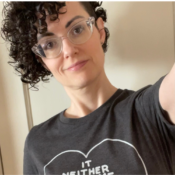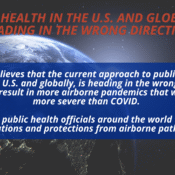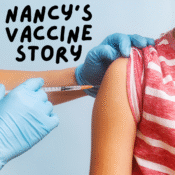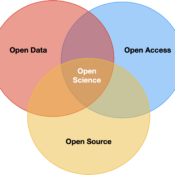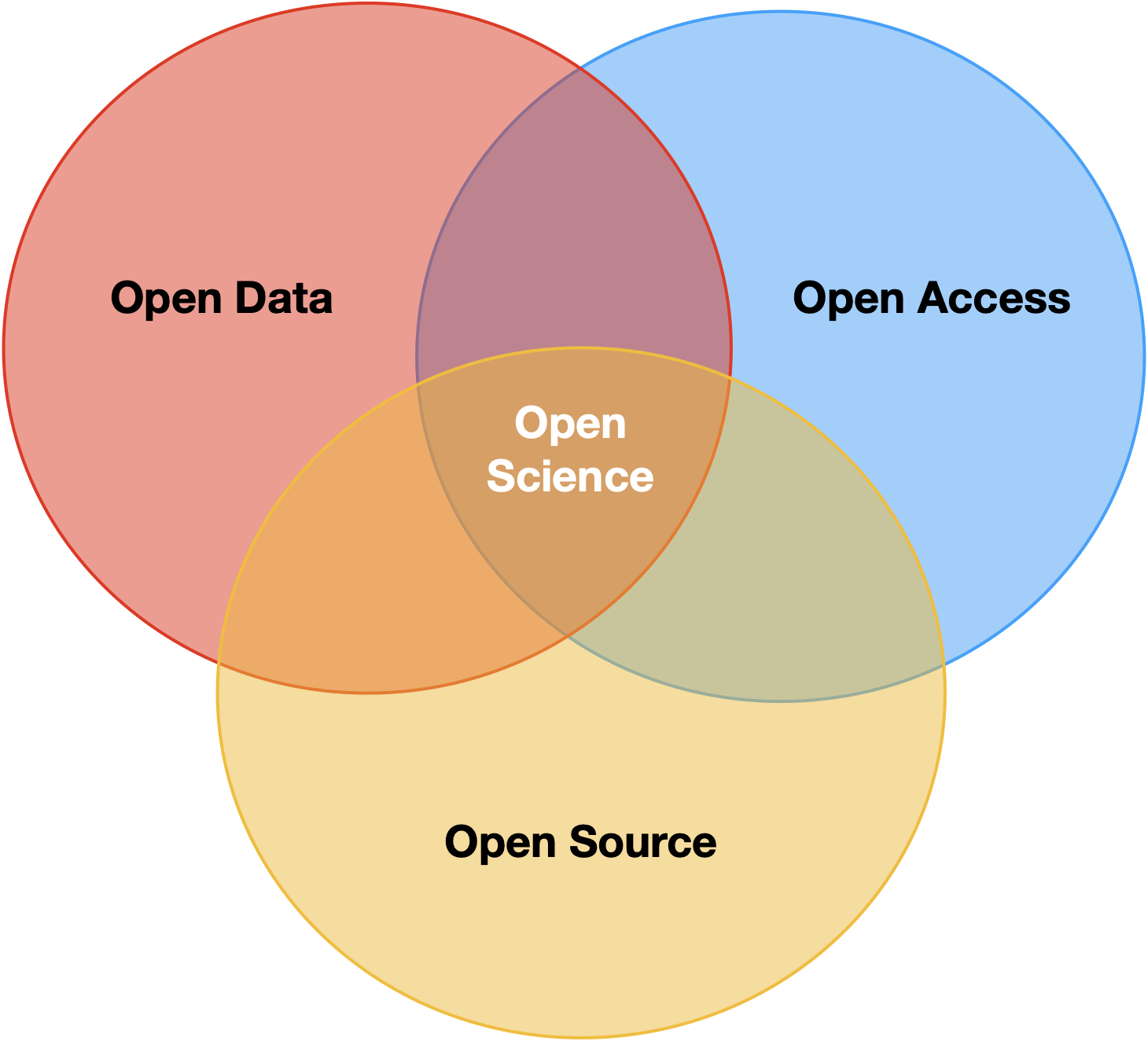
A Call for Openness in an Age of Obfuscation: Reinforcing Trust, Health, and the Environment
Having been in tech in a variety of roles and industries for over 30 years there are a few constants that have emerged irrespective of the industry, and only a few I’ve seen shape the landscape for the better – one of those constants being open source technologies. From helping establish very early standards like OBI (Open Buying on the Internet), to launching full-scale projects quickly and securely developing and using open source CMS platforms, I’ve watched and helped firsthand how community-built tools not just level the playing field, but play an integral role in evolving better solutions. Open source hasn’t just allowed startups and scrappy teams to compete in a closed-source world, it’s empowered mission-driven work, let us build at greater speeds, and helped others create with transparency, integrity, and impact.
Why Open Source & Open Data Matter
At their core, open-source software and publicly available data (open-data) are pillars of transparency, collaboration, and innovation. In public health, open‑source tools offer interoperable, real‑time data systems that adapt to complex disease and condition reporting needs. This enables medical providers, agencies and communities to collaborate more effectively (pmc.ncbi.nlm.nih.gov). Open government health data promotes democratic (little d) control, empowering stakeholders to analyze, respond, and innovate (pmc.ncbi.nlm.nih.gov).
In areas like clean airAir free of pollutants, including viruses, bacteria, and harmful particles. and environmental monitoringAssessing environmental factors that affect health., freely shared data encourages scientific progress while countering corporate opacity. For example, grassroots efforts during California wildfires has been using open data from radiation monitors to inform communities and policymakers alike (wired.com).
Institutional Damage & Shrinking Transparency
Yet, the U.S. and other global governments have increasingly undermined these systems:
- Website and Dataset Censorship: Since January 2025, over 8,000 web pages and 3,000 datasets have been removed or modified, often without clear justification. These datasets spanned environmental justice, public health surveillanceMonitoring disease trends to prevent outbreaks. (COVID‑19, cancer research, HIV, etc.), and social indicators. Institutions like the CDC, NIH, and HHS were directly affected, prompting legal action to restore access (washingtonpost.com, en.wikipedia.org).
- Suppression of Science: The Trump administration has politicized science through actions like defunding climate research, suppressing EPA data, dismantling scientific offices, and driving away researchers. This has significantly weakened the nation’s research infrastructure (theguardian.com).
- Data Manipulation: Politically inconvenient data, from crime statistics to unemployment figures, have historically been altered or suppressed to serve specific agendas. This has undermined evidence-based policymaking (washingtonpost.com).
All of these moves erode trust. Without the ability to audit government actions or verify data, citizens and researchers are left in the dark, institutions lose credibility, and communities lose protection.
The Infodemic: Mis/Disinformation Run Amok
The consequences of reduced transparency are compounded by rampant misinformation. Some of the mis/disinformation is due to honest mistakes or nuance – the majority of it is not. Some examples include:
- COVID‑19 Era Fallout: False or misleading messages have fueled vaccine hesitancyReluctance or refusal to vaccinate despite availability., rejection of protective measures, and dangerous health behaviors. These trends have increased illness and death worldwide (pmc.ncbi.nlm.nih.gov).
- Political Origins of Misinformation: Both U.S. administrations during the ongoing COVID-19A disease caused by the SARS-CoV-2 virus, leading to respiratory illness. pandemicA global outbreak of a disease. have played central roles in spreading public confusion and misinformation, exacerbated by the media and other platformed individuals who very much knew what they were doing. Downplaying COVID‑19, promoting unproven treatments, pretending the vaccines “do enough” (vaxx & relax y’all), and amplifying conspiracy theories, have all contributed to what’s being coined the global “infodemic” (en.wikipedia.org) as well as the ongoing COVID-19A disease caused by the SARS-CoV-2 virus, leading to respiratory illness. pandemicA global outbreak of a disease..
- Weaponizing Open Systems: The VAERS system, meant for safety monitoring, has become a vehicle for misinformation. Sites like OpenVAERS repurpose unverified data to falsely allege vaccine harm (en.wikipedia.org).
- Superspreaders of Misinformation: A handful of individuals, including Robert F. Kennedy Jr., were responsible for a large portion of vaccine misinformation on platforms like Twitter. These narratives have gained wide traction (arxiv.org) and will damage generations to come.
The fallout has been severe. Health workers have faced threats and even violence. One of the most tragic examples recently was the CDC shooting, where vaccine disinformation was a driving force (apnews.com).
Misinformation has also clouded public understanding of climate science for decades. Campaigns that undermine facts are often bolstered by government suppression of data and dissenting scientists.
The Open Cure: Why Open Source and Data Are Vital Now
- Transparency Guards Against Deception: Open data allows independent verification when official sources are incomplete, distorted, or missing.
- Collaborative Resilience: When institutions fail, civil society can step in. Projects like the Public Environmental Data Project preserve climate datasets threatened by political erasure (theguardian.com, pmc.ncbi.nlm.nih.gov).
- Software as Public Infrastructure: Initiatives like The People’s Code push federal agencies to adopt open‑source systems. This fosters transparency, public scrutiny, and adaptability (en.wikipedia.org).
- Countering Misinformation: Expert-curated open datasets, public dashboards, and accessible platforms help combat false narratives by empowering citizens to find the truth themselves.
These tools are more than just code and charts. They are frameworks for participatory governance, scientific integrity, and community resilience.
The Call for Openness
In public health and environmental justice, open source and open data are not optional. They are vital defenses against institutional failure and narrative manipulation.
- Governments must recommit to transparency. That means protecting datasets and supporting scientific independence.
- Health institutions must newly commit to transparency and reaffirm their commitment to the Hippocratic Oath. That means adoption of new systems that provide transparency into the innerworkings of the politik that denies healthcare and protects “the system” instead of people.
- Civil society must invest in open infrastructure. This includes creating and maintaining tools that allow data to remain accessible and useful.
- Communities must stay engaged. Openness only works if people demand it, use it, and protect it.
In an era of suppression and disinformation, openness offers more than utility. It offers a path forward, anchored in truth, powered by collaboration, and guided by the public good.
-Tarz


